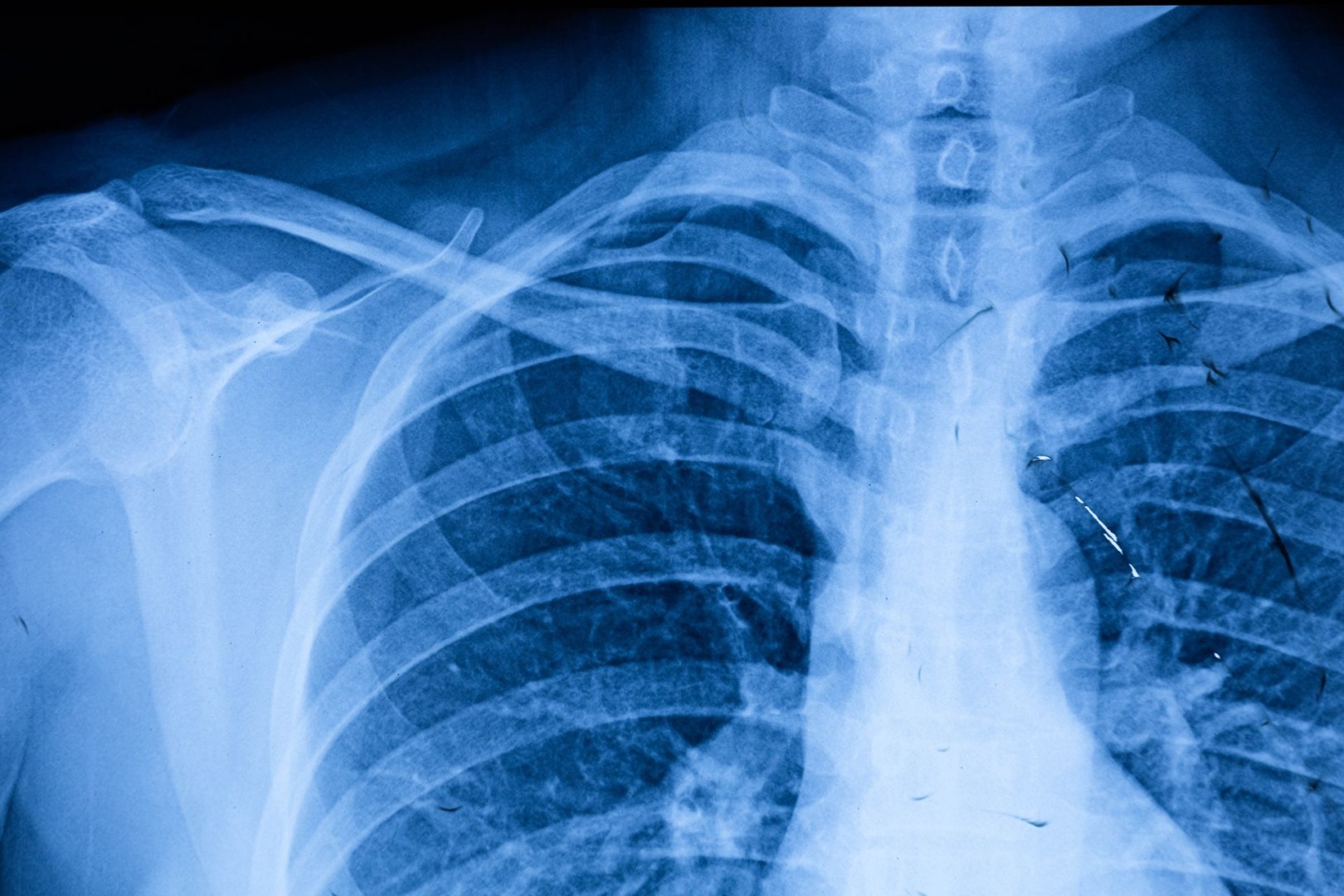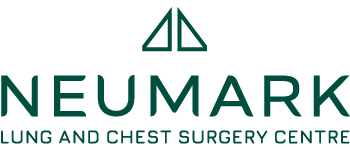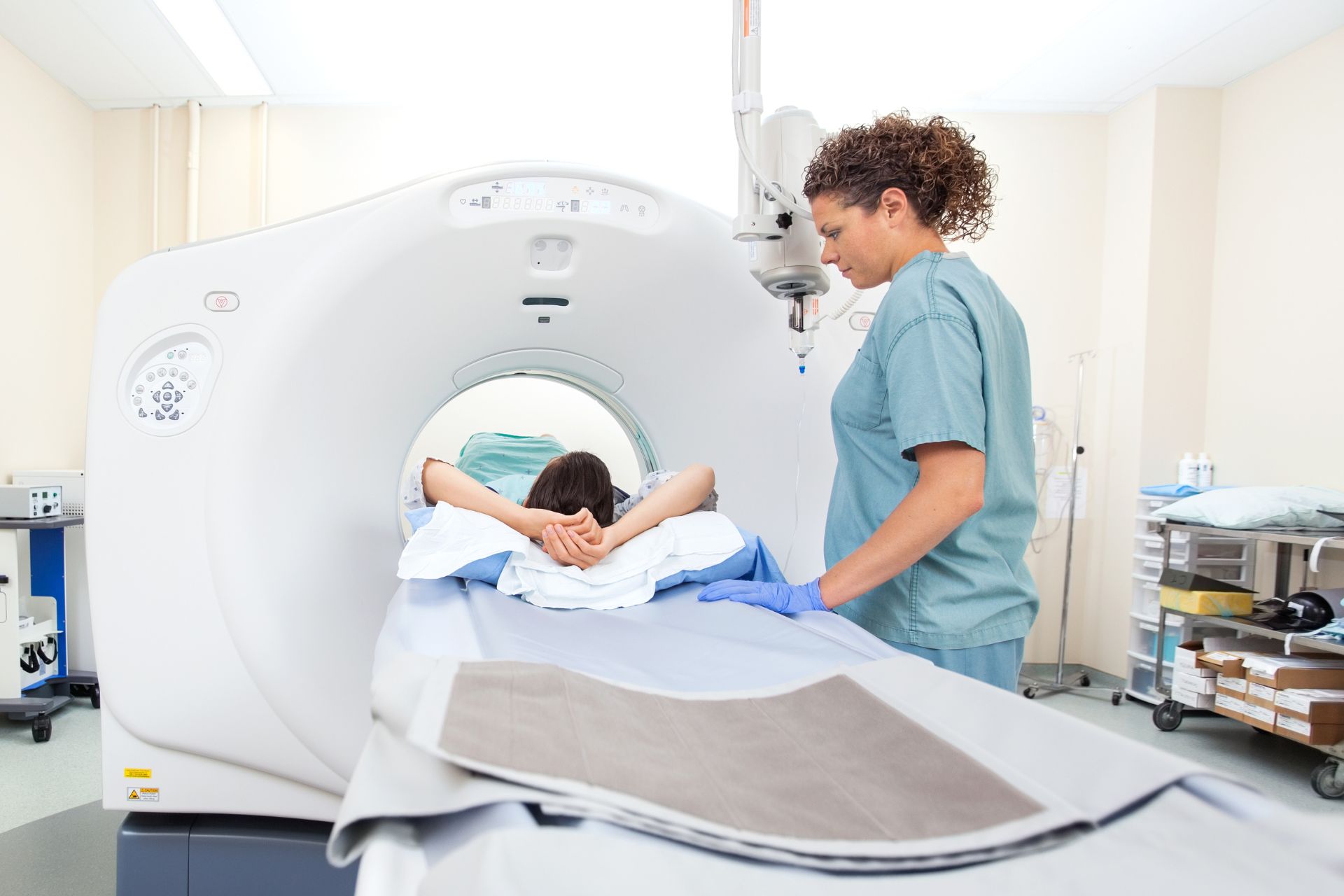A mother of two experienced a life-altering event after a severe car accident, resulting in buckle rib fractures and a flail chest. The flail chest required immediate medical intervention to stabilise her chest wall and prevent life-threatening complications. This led her medical providers to connect her with a thoracic surgeon renowned for his expertise in treating chest conditions like her buckle rib fracture with open reduction and internal fixation.
Without the surgical intervention, she might have had a diminished quality of life with constant pain and restricted movements. The surgeon offered hope, explaining how this advanced procedure could stabilise her ribs, restore her lung function and allow her to do simple things like lifting her children, promising her a return to the life she once knew.
Buckle rib fractures are incomplete rib breaks that only affect the inner part of the rib bone. These fractures often happen due to chest trauma, such as during CPR or other heavy impacts on the chest, like a car accident. They are hard to spot on regular chest X-rays but can be seen using CT scans.

Unlike complete fractures that break through the entire bone, buckle rib fractures are caused by the bone compressing inwards without breaking the outer part. They often occur alongside other types of rib fractures and can be identified by their unique appearance on CT imaging.
Common Complications and Long-Term Effects
Buckle fractures can cause long-term problems if not properly treated. If a buckle fracture does not heal correctly, it can lead to nonunion, where the bone fails to join again, resulting in persistent pain, swelling and bruising. Malunion, where the bone heals at an angle, can also occur, causing difficulty using the affected limb.
“In the context of buckle rib fractures, these issues can manifest as chronic pain, respiratory complications or other problems related to the rib cage”, says Dr Harish Mithiran, director of Neumark Lung & Chest Surgery Centre.
Buckle rib fractures typically do not require surgical intervention unless they are associated with other significant injuries, such as a flail chest or hemothorax. In such cases, surgical stabilisation is necessary to ensure proper healing and to prevent complications like thoracic wall instability or respiratory issues.
“One common issue is chronic pain, which can persist long after the initial healing period and significantly affect a patient’s quality of life”, explains Dr Mithiran.
The pain from a buckle rib fracture can impair breathing, making it difficult to take deep breaths. This impaired breathing can result in inadequate ventilation and increase the risk of developing respiratory issues such as pneumonia, especially in older adults or individuals with pre-existing respiratory conditions.

Shallow breathing associated with rib fracture pain can also lead to atelectasis, where part or all of a lung collapses due to reduced lung expansion. Another potential complication is nonunion or delayed healing of the fracture, which can cause prolonged chronic pain and functional limitations.
Buckle rib fractures can also occur alongside other injuries, such as bruising or damage to the underlying organs, like the lungs, especially if the trauma is severe. Therefore, monitoring and managing these complications benefits the recovery process.
Flail Chest Complicates Healing of a Buckle Rib Fracture
Imagine the challenge of healing a buckle rib fracture made even tougher by a flail chest. This severe condition often brings along respiratory complications like atelectasis, pneumonia and acute respiratory distress syndrome (ARDS), all of which can extend the healing timeline and heighten the risk of further respiratory problems. The erratic movement of the flail segment doesn’t help either, as it puts additional strain on the fractured ribs, potentially leading to delayed healing or more severe issues.
The significant pain that accompanies a flail chest is another hurdle. It can prevent deep breaths and optimal lung expansion, which is crucial for healing. This limited breathing can complicate the recovery of buckle rib fractures, making each breath a struggle. The constant stress on the fracture site increases the likelihood of nonunion, where the bones fail to heal correctly.
Sometimes, the situation calls for surgical intervention. Stabilising a flail chest often involves fixing the buckle rib fractures, resulting in a more intricate surgical procedure and a longer recovery period.
Serious Related Complications of Buckle Rib Fractures Requires Immediate Treatment
Buckle rib fractures also can lead to serious complications like a hemothorax. Hemothorax occurs when blood accumulates in the pleural cavity, the space between the lungs and the chest wall, often due to trauma.
When a rib fractures, sharp bone edges can damage nearby blood vessels, causing bleeding into the pleural space. This buildup of blood compresses the lungs, leading to symptoms such as chest pain, shortness of breath, and rapid heart rate. If untreated, hemothorax can escalate to severe respiratory distress and shock from blood loss.
Common symptoms include chest pain, tightness and difficulty breathing. Diagnosis of hemothorax typically involves chest X-rays or CT scans to detect blood in the pleural cavity. Treatment ranges from observation in minor cases to inserting a chest tube to drain the blood and allow the lung to re-expand. Severe cases might require surgery to repair blood vessels and to stabilise the fractures.
Understanding the risk of hemothorax with buckle rib fractures is crucial. Proper and speedy diagnosis and prompt treatment can prevent complications and improve recovery outcomes.
Getting Proper Medical Attention from a Thoracic Chest Specialist
Buckle rib fractures are a serious condition that requires prompt medical attention to prevent long-term complications. Timely and appropriate medical intervention for complex rib injuries can make a difference in a person’s quality of life.
While they may not always require surgical intervention, ongoing monitoring for potential secondary issues like chronic pain, respiratory complications and nonunion is recommended.
In cases where buckle rib fractures are accompanied by severe injuries like a flail chest or hemothorax, surgical stabilisation may be necessary to ensure proper healing and prevent further downstream issues. By understanding the risks and complications associated with buckle rib fractures, patients can take the first step towards recovery and regain control over their lives.
If you believe you have recently experienced an incident that could exacerbate additional chest complications, contact our leading thoracic surgeon to schedule a consultation and discuss your condition to receive proper medical attention.

